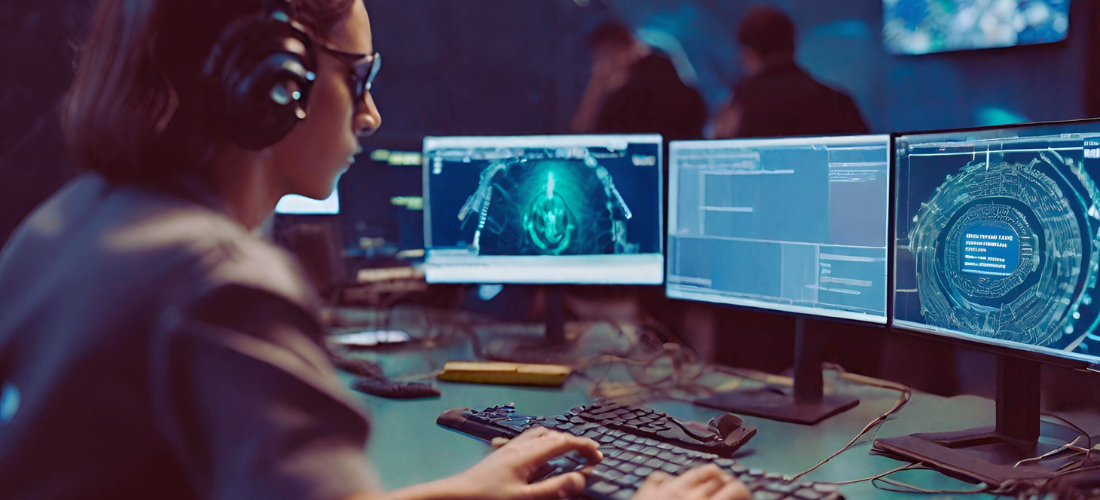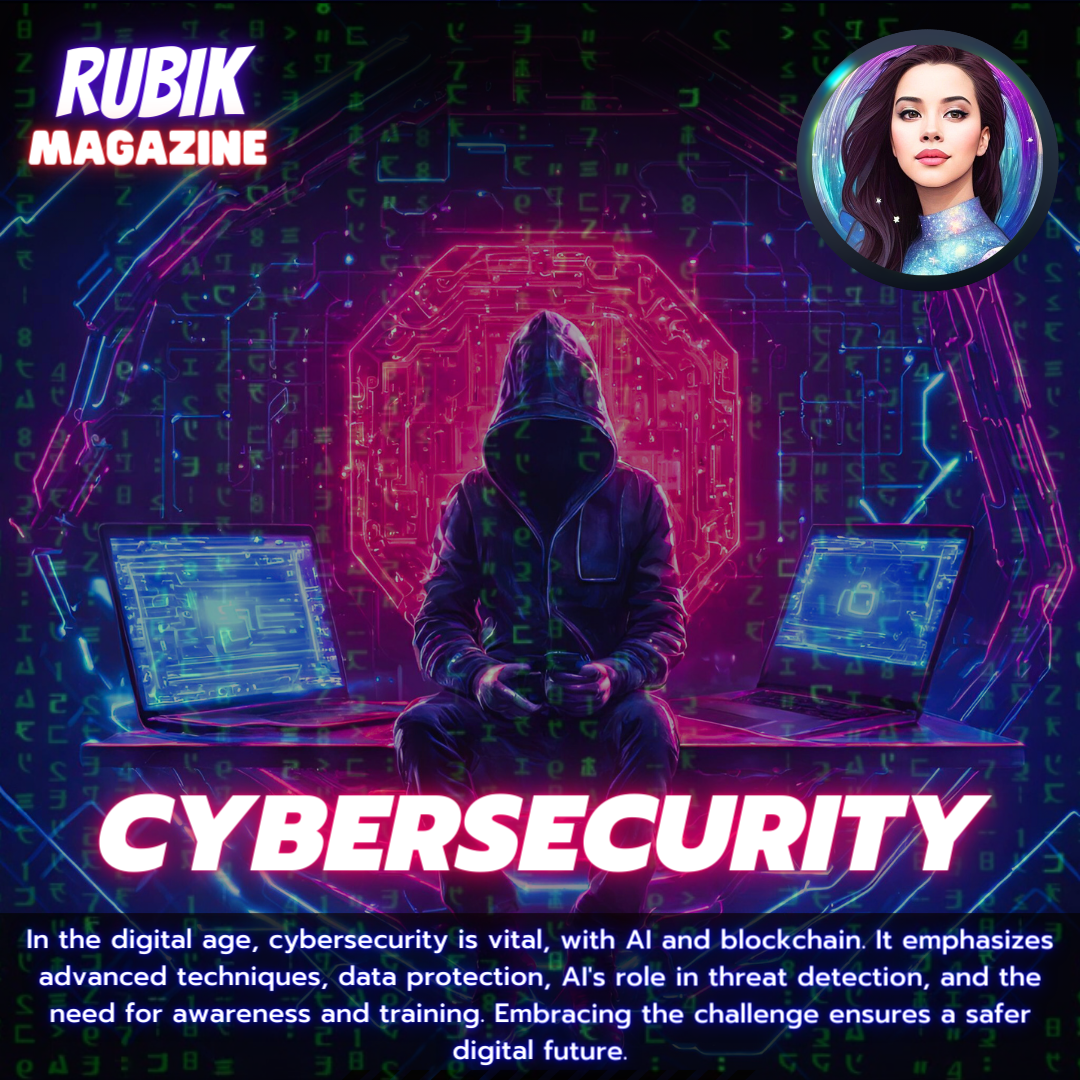Cybersecurity in the Era of Blockchain and AI in the Current Business World
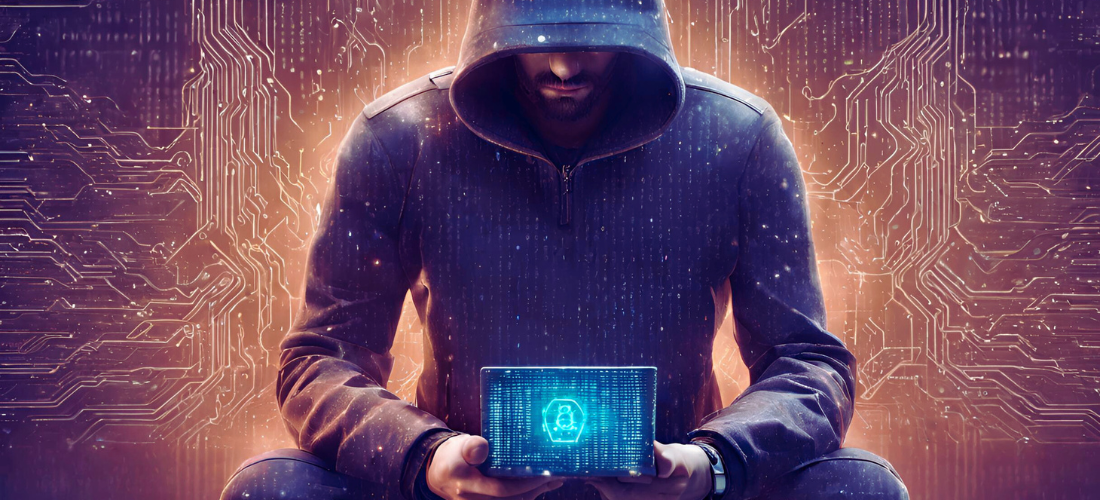
Introduction
In the digital era, our technological world has become a complex maze of data in the digital realm, where information flows through complex networks and systems, driving innovation and connectivity. The convergence of disruptive technologies such as artificial intelligence (AI) and blockchain has led to a more interconnected and dynamic business landscape than ever before. In this context, cybersecurity emerges as the pillar that supports the reliability and integrity of our digital assets. In this special edition of RUBIK TECH MAGAZINE, we delve deeply into the fascinating world of cybersecurity and its fundamental role in safeguarding current technological innovations, from AI to blockchains.

Cybersecurity and its Cutting-Edge Techniques
Cybersecurity has become the guiding light in our forays into the vast digital ocean. As technology evolves, cybercriminals refine their tactics, demanding that cybersecurity be equally innovative and sophisticated.

Protecting the Pillars of Blockchains: Defending Cryptocurrency and Digital Trust
In an increasingly complex digital world, blockchains, known as blockchains, have emerged as a revolutionary technological innovation. These decentralized and distributed data structures have become the cornerstone of cryptocurrency and digital trust. At a time when reliability and transparency are of the utmost value, the protection of blockchains becomes imperative, and this mission is no simple task.
Blockchains stand out for their ability to record transactions in an immutable and transparent manner, eliminating the need for intermediaries and ensuring data integrity. However, this same immutability and transparency, which make them so valuable, also make them an attractive target for those seeking to exploit vulnerabilities and compromise the integrity of the information contained within them.
Cybersecurity in the realm of blockchains has become a constantly evolving field, where defenders must stay one step ahead of attackers. Some of the key techniques used to protect these blockchains include:
- Tamper-Resistant Consensus: Blockchains use consensus algorithms, such as Proof of Work (PoW) and Proof of Stake (PoS), backed by cryptography, to ensure the integrity of the chain. These mechanisms greatly hinder manipulation by malicious actors, as any changes to the data would require a prohibitive amount of computational resources or network participation.
- Digital Signatures and Access Control: Transactions on a blockchain are secured through digital signatures and controlled by advanced authentication mechanisms. This ensures that only authorized parties can interact with the chain, thereby protecting digital assets and ensuring that transactions are valid and authentic.
- Secure Smart Contracts: Smart contracts, which are executable pieces of code on a blockchain, must be rigorously audited and designed to be resistant to potential vulnerabilities. Security audits are essential to ensure that these contracts are secure and not susceptible to exploitation.
The protection of blockchains is not only essential to ensure trust in cryptocurrencies and the digitization of assets but has also become a constantly evolving battlefield in the fight against cyber threats. The security of these structures is a continuous commitment that requires the implementation of sophisticated techniques and measures to ensure data integrity and preserve trust in the digital era.
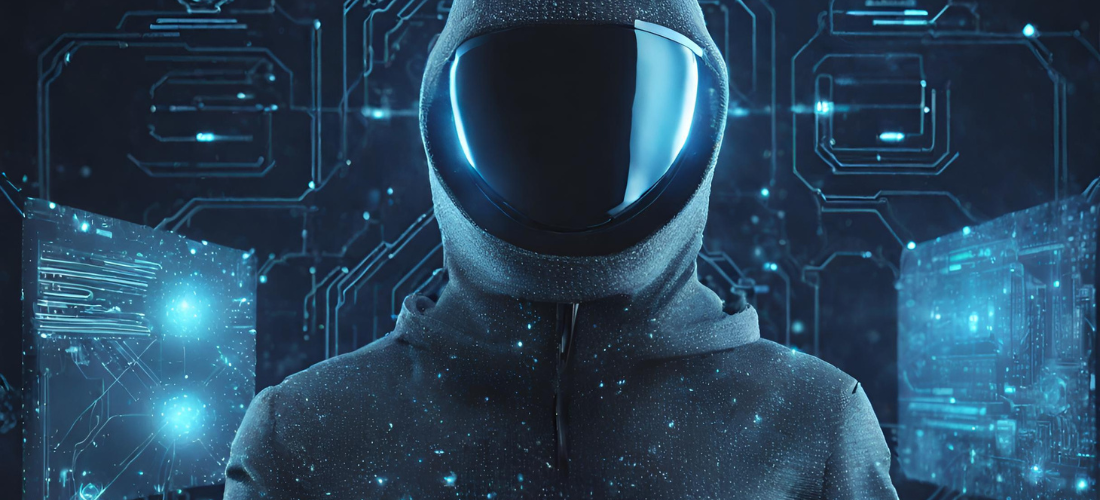
The Role of Artificial Intelligence in Cybersecurity: An Unbreakable Ally
In the ongoing battle against cyber threats in the digital era, artificial intelligence (AI) has emerged as an unbreakable ally. AI's ability to learn, adapt, and evolve in real-time makes it a formidable tool for safeguarding our digital assets and ensuring the integrity of our systems. Let's delve into the fundamental role of AI in cybersecurity.
Early Threat Detection
One of the pillars of AI in cybersecurity is its ability to detect patterns and anomalous behaviors in real-time. AI systems can analyze vast datasets of network traffic and activity, identifying unusual deviations that may indicate threats. This enables an immediate and effective response to threats, preventing further damage.
AI not only detects attacks that match previously known patterns but is also capable of identifying unknown threats by analyzing behavior and activity for anomalies. This proactive and early detection approach is essential in a constantly evolving cyber environment.
Prediction and Prevention
AI goes beyond mere threat detection, using historical data analysis and machine learning to predict potential threats and future vulnerabilities. By identifying trends and patterns in data, AI can anticipate potential attacks and help organizations take proactive measures to mitigate risks.
This predictive capability is crucial in a digital world where threats become more sophisticated and dynamic. AI allows organizations to prepare in advance, strengthening their defenses and reducing exposure to potential risks.
Automated Response
AI is not just a passive observer; it can also be an active player in cybersecurity. When a threat is detected, AI has the ability to take automatic actions to mitigate an ongoing attack. This reduces the need for immediate human intervention and allows for a faster and more accurate response.
Automated response is particularly valuable in situations where time is a critical factor. AI systems can automatically block suspicious connections, isolate compromised systems, or take measures to contain an attack, all within milliseconds.
Artificial intelligence has become a cornerstone of modern cybersecurity. Its ability to detect threats early, predict future risks, and take automated response measures makes it an unbreakable ally in the fight against cyber threats. AI not only enhances the effectiveness of cyber defenses but also enables organizations to stay one step ahead in an ever-evolving digital world. As a digital shield, AI stands as an essential technology for protecting our digital assets and preserving trust in the digital era.
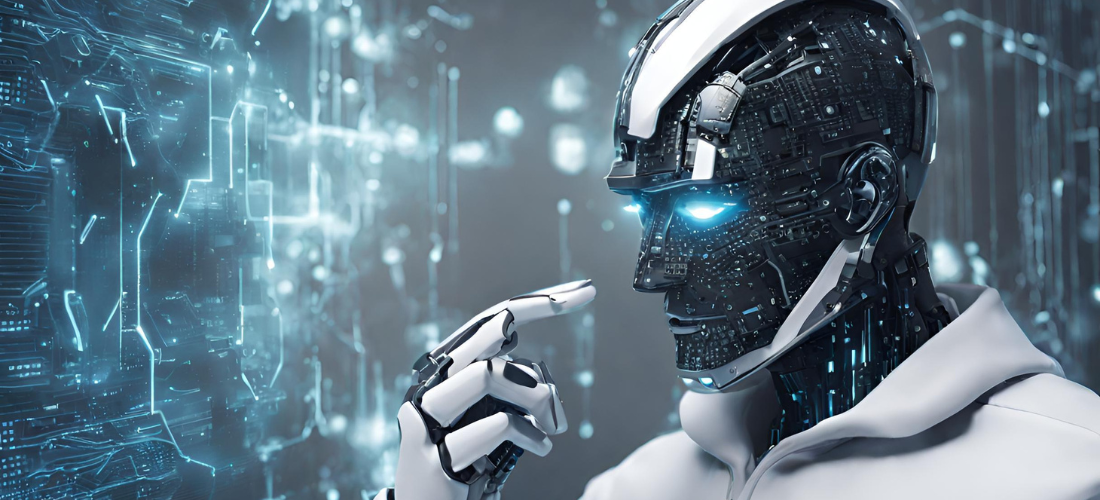
Cybersecurity in the Modern Business World
In the current business landscape, cybersecurity has ceased to be a mere investment; it has become a fundamental pillar for the survival and success of organizations. Exposure to cyberattacks can have devastating consequences, with the potential to cause massive financial losses and irreparable damage to a company's reputation. Let's delve into the critical dimensions of cybersecurity in the modern business context.
Protection of Sensitive Data
At the heart of business cybersecurity lies the protection of sensitive data. Confidential information, from financial data to personal information of customers and employees, is an invaluable asset that must be rigorously safeguarded. The implementation of advanced encryption and authentication techniques ensures that this data is protected against unauthorized access.
Encryption, in particular, plays a crucial role by rendering information unreadable to anyone not authorized to access it. This level of security not only complies with privacy regulations and standards but also provides organizations with the peace of mind that their most valuable information is protected against potential threats.
Business Resilience
Cybersecurity goes beyond mere prevention; it also focuses on preparedness and effective incident response. The implementation of incident response plans and the capability for disaster recovery are essential components of a business cybersecurity strategy.
Business resilience involves an organization's ability to recover efficiently and effectively from the impacts of a cyberattack. This translates into minimizing downtime and reducing the impact of attacks on business operations. Incident response plans enable coordinated and rapid action when an attack occurs, helping to mitigate damage and restore normalcy.
Awareness and Training
Cybersecurity is not solely the responsibility of IT teams but an effort across the organization. Training and raising awareness among employees about secure online practices are critical to strengthening the organization's security posture.
Well-informed employees are the first line of defense against cyber threats. Training employees in the identification of phishing emails, safe password usage, and awareness of potential threats can help prevent successful attacks. Furthermore, fostering a culture of security throughout the organization creates an environment where everyone understands the importance of cybersecurity and is committed to compliance.
Cybersecurity in today's business world is a strategic imperative. Protecting sensitive data, ensuring business resilience, and promoting awareness and training are essential components of a comprehensive cybersecurity strategy. Investment in cybersecurity not only protects an organization's digital assets but also safeguards
its reputation and its ability to operate safely and effectively in an increasingly digital and threatening business environment.

Exploring the Depths of Cybersecurity in the Digital Era: A Fundamental Commitment
In this special edition of RUBIK TECH MAGAZINE, we have delved into the depths of cybersecurity, a topic of vital importance in the ever-evolving digital era. We have uncovered the complexities and challenges we face in protecting our digital assets, as well as the critical role that cybersecurity plays in ensuring a safe and reliable digital world.
Protecting Blockchains
We have explored the essence of cybersecurity in the context of blockchains, a fundamental pillar in cryptocurrency and digital trust. The transparency and immutability that define blockchains make them extremely valuable but also expose them to risks. We have described how cutting-edge techniques, such as tamper-resistant consensus algorithms and digital signatures, ensure the security and integrity of these blockchains, thus protecting the integrity of critical data.
Artificial Intelligence: Unbreakable Guardian
We have dissected the central role of artificial intelligence in cybersecurity. AI's ability to detect threats, anticipate risks, and take automated response actions makes it an irreplaceable ally in protecting digital assets. From early threat detection to automated response, AI is a shield that adapts and evolves in real-time to face the most sophisticated cyber threats.
The Business World and Cybersecurity
In today's business world, cybersecurity is not a luxury but a vital necessity. We have emphasized the critical importance of cybersecurity in preventing cyberattacks that can inflict massive financial losses and undermine customer trust. The protection of sensitive data through advanced encryption and authentication techniques is the foundation of this security. Additionally, we have highlighted how business resilience, driven by incident response and disaster recovery plans, ensures the continuity of operations even in times of crisis. Training and raising employee awareness about secure online practices have been identified as an essential component for an effective organization-wide cybersecurity strategy.
A Safer Future: Embracing the Challenge of Cybersecurity
In this digital world, we are called to embrace the challenge of cybersecurity. Just as we solve a complex Rubik's Cube, we face an ever-changing technological puzzle that requires a unique combination of knowledge and action. As computer engineers of the future, we have the responsibility to apply and develop these cutting-edge techniques to ensure a safer and protected digital world. Cybersecurity, as an exciting challenge, much like the Rubik's Cube, is a door that, once opened, reveals a world of infinite possibilities.
